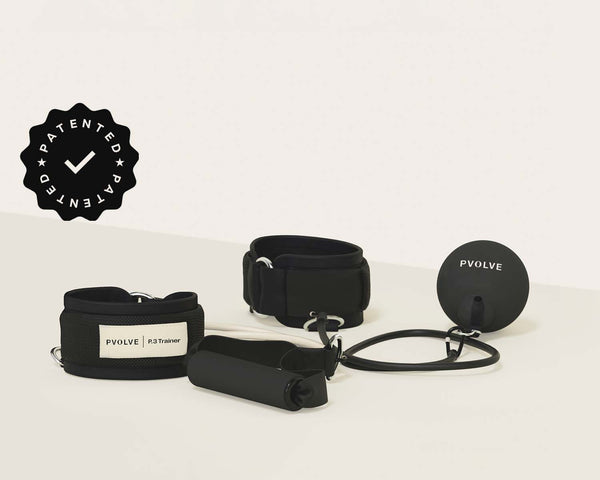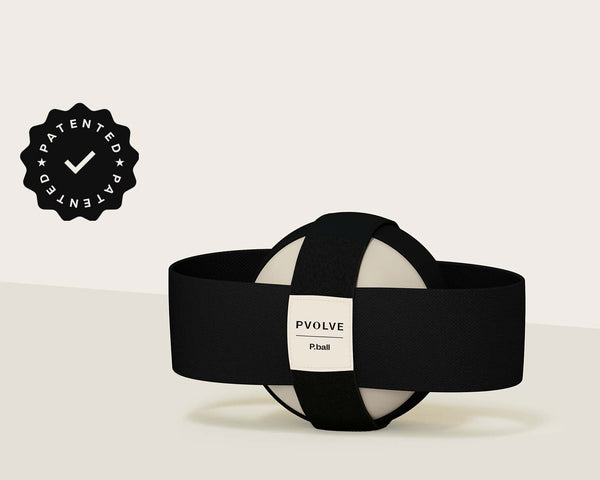We can schedule workout after workout, but it's hardly worth it without proper rest. We hear it often in fitness: "Be sure to rest and recover", but what exactly does that look like?
At Pvolve, we encourage incorporating both rest days and active recovery days into your routine to rest your muscles with gentle, simple movements. Dr. Amy Hoover, DPT, Chief Physical Therapist and member of the Clinical Advisory Board is here with advice on how Pvolve can help with recovery.
How do I properly rest my muscles?
Muscles, when worked, need time to rest in order to continue to function properly. It is a simple supply and demand. Though we build strength by loading and challenging the muscles, they need rest to recover. If we work a muscle to the point of failure, it may spasm or tighten up in response. A tight muscle is inherently weak, so this is a sign of overuse. Feeling a little sore can be normal after a good workout, but tightness is not. If we are properly resting we will feel good and want to move more.
We also love pairing workouts with Recover 9. Our new-to-market supplement works to reduce soreness, restore muscle function, and build lean muscle to help you bounce back to your best workout.
How often should rest or recovery days be incorporated into my workout routine?
This depends on the intensity of your workouts. You should rest and give your body a break from strengthening at least once per week . Walking or stretching on these days is OK. When doing more intense workouts, you may want to add more rest days in between. Listen to what your body needs.
Is there a difference between active recovery and rest days?
A true rest day is just that, meaning no exercise. Active rest days are when you take a break from the intense workouts and just move a little, take a walk, stretch, practice restorative yoga or take a Recover & Stretch class.
How can a foam roller help with recovery?
The Precision Foam Roller It's an excellent tool for recovery. You can use this to roll out your glutes, quads, calves, hamstrings, even along the sides of the back and shoulders. It’s a great self massage tool to help get the blood flow to the muscles that you target during your workout. You can also do little self mobilizations along the spine. Place the roller perpendicular to the spine at the top of the ribcage or thoracic spine, then gently extend over the roller for a nice spinal stretch. Move the roller down a few inches and repeat through the lower back.







































